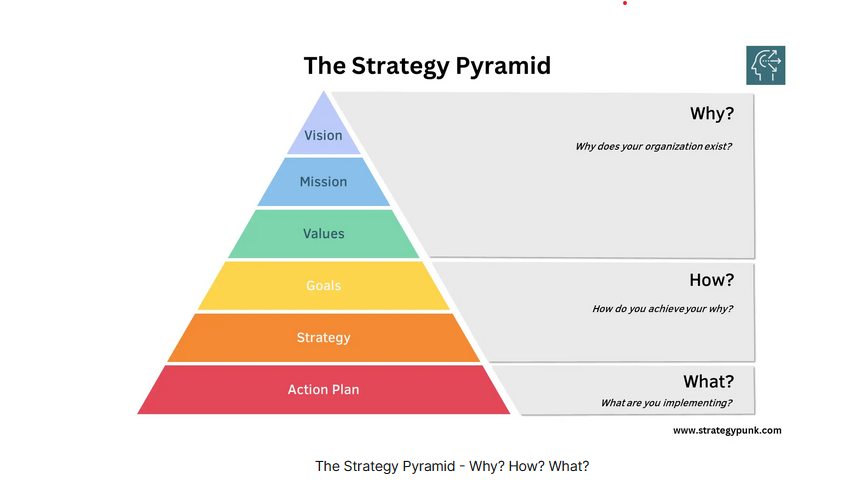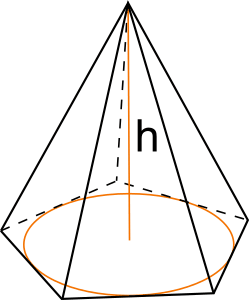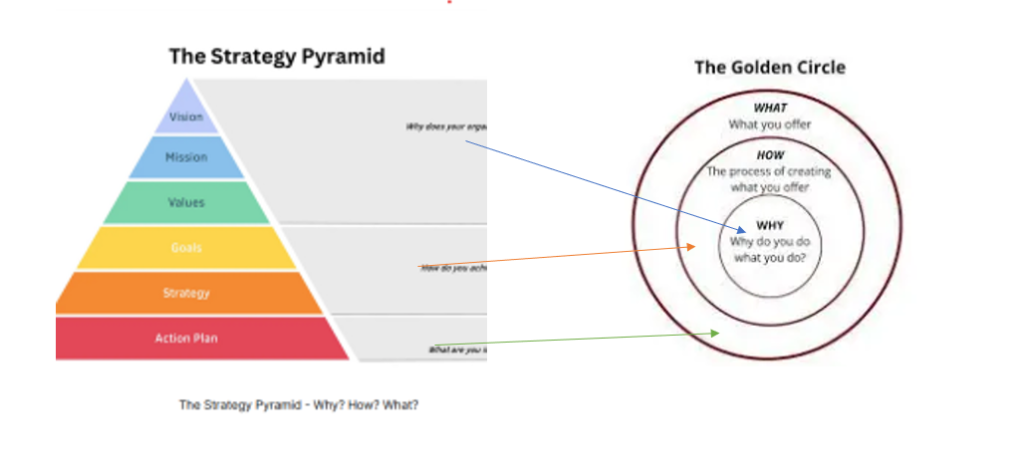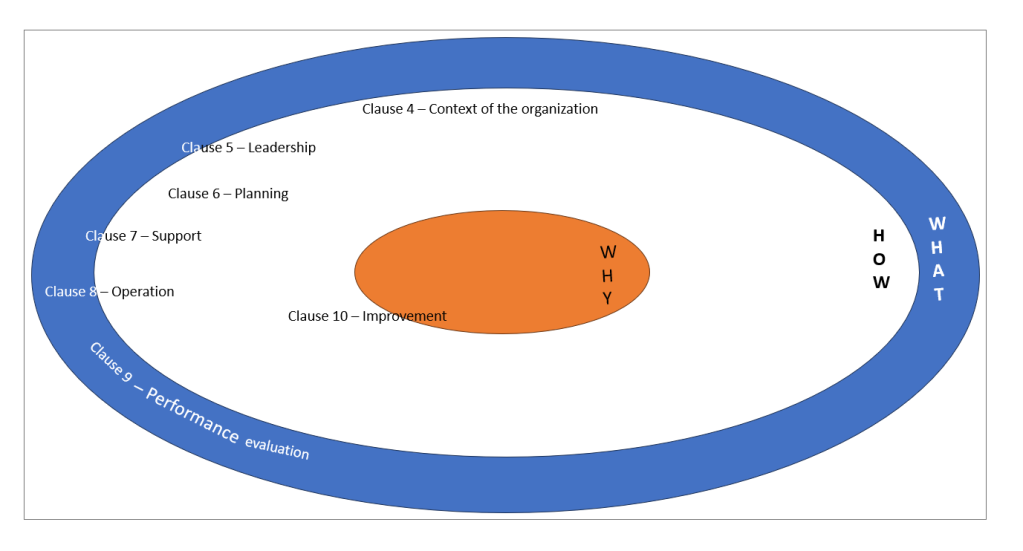For EMMA (the new CEO of BIT) was quite clear “HOW” the ISO 9001 QMS can support BIT in his Digital Transformation journey.
During the talk with Paul (the quality coordinator of BIT) the subject of the mission and principles of BIT (the WHY) was touched.
As the highest leader of BIT, she knew that she needed to go deeper in understanding the link between the HOW and the WHY of BIT; it was time to invite Paul for another lunch (but this team in a Chinese restaurant).
Norton and Kaplan assert in their book that the Balanced Scorecard serves as a tool to translate an organization’s mission and strategy into a comprehensive set of performance measures. This set of measures forms the basis for a strategic measurement and management system.
In the context of BIT, the connection between goals, strategy, and the Balanced Scorecard was evident. When the Balanced Scorecard became integrated into the ISO 9001 Quality Management System (QMS), it naturally clarified the linkage between BIT’s strategy and the (quality) management system.
Referring to the Strategy Pyramid chart (Fig. 1), EMMA, and presumably all BIT employees, could confidently state that the connection between “WHAT” (their products and services) and “HOW” (implementation through the Balanced Scorecard and QMS) was clearly understood.
A Strategy Pyramid is a visual representation of an organization’s strategic plan, typically organized from the most abstract and overarching level at the top to the most specific and actionable level at the bottom. It serves as a roadmap for aligning organizational activities with its long-term vision, mission, and goals.

Fig 2. shows that to represent the base of the Strategic Pyramid as a circle is an acceptable approximation.

Once the base the Strategic Pyramid is represented as a circle, is also quite straightforward to map the WHY, the HOW and the WHAT as inner circles inside the base (Fig. 3).
This representation of WHY, HOW and What is known by many (including EMMA) as the the Golden Circle of Simon Sinek

Following Simon’s work, Emma was convinced of the importance to start with WHY.
She was aware that until his father was present in the Company and because of the limited size of BIT it was not necessary to articulate the WHY (as suggested by Simon). Her father’s presence and the limited reminded everyday the WHY to the whole organization..
She understood that the QMS was a tool (a “discipline”) to align the HOW to WHY (as prescribed also by Simon) but she wanted to understand a little bit more.
Paul knows that EMMA likes to have a graphical and and a verbal explanation.
For this reason, he prepared the Fig 4. to illustrate how the ISO 9001:2015 norms are (approximatively) positioned in the Golden Circle of Simon.
This figure helped Paul to explain not just how the QMS of BIT supported the “discipline” of HOW but also the consistency (always to use Simon words) of WHAT.

For people that likes mantra’s more than visuals, Paul articulated fig 4 as “Be authentic: Do what you believe in a disciplined way”.
It is only when a Company is “authentic” (when the how and what is aligned with why) that practices became “best practices”.
It was clear to Paul that if he wanted to be successful in introducing to Emma the Kanban method as a “best practice” (and not just as one of the many available practice) in QMS system he had to start with the WHY of BIT.
